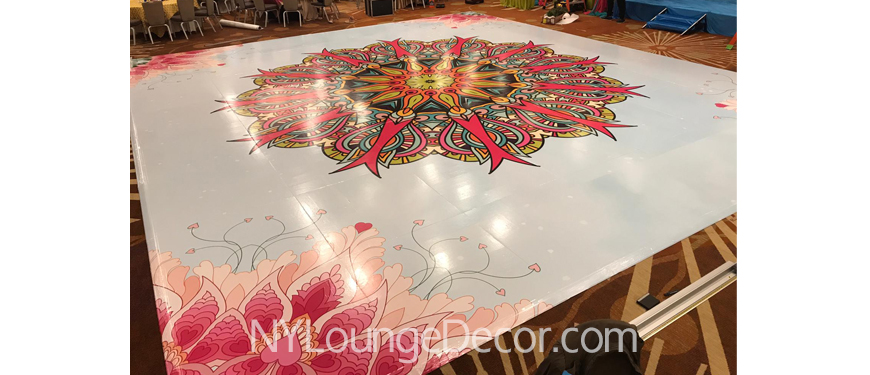One of the most common substances used in contemporary dance floors is LED illumination. Light-emitting diode lamps are power-saving and can produce a wide variety of hues and impacts. They can be embedded in the floor itself or used as part of a lighting system over the dance floor. This innovation allows for coordinated light shows that can change in response to the music, creating an engaging encounter. The capability to configure these lamps means that they can be tailored to fit different themes or atmospheres, making each occasion distinct.

Another important substance is reflective materials, such as mirrors or polished tiles. These materials can create an deception of space and depth, making the dance floor appear larger than it actually is. When dancers dance, their reflections can add an extra layer of aesthetic interest, enhancing the complete show. Additionally, reflective surfaces can interact with illumination impacts, amplifying the hues and patterns displayed on the floor. This fusion of light and reflection can enthrall spectators and elevate the vitality of the occasion.
In addition to illumination and reflective substances, the use of digital screens has grown progressively popular in dance floor creation. These screens can display vibrant images, graphics, or even live feeds of the performance. By incorporating digital technology, occasion planners can create a multi-sensory encounter that involves both the dancers and the spectators. The capability to alter visuals in actual time allows for a dynamic atmosphere that can adapt to the beat and vitality of the music, making each moment feel new and thrilling.
Furthermore, the choice of surface material itself plays a key role in the overall encounter. Classic wooden dance floors are still favored for their durability and functional qualities. However, more modern substances like vinyl and rubber are becoming favor due to their versatility and ease of maintenance. These substances can provide better impact absorption, reducing the risk of harm for performers. Additionally, they can be crafted with various textures and hues, allowing for artistic representation in the dance floor's look.
In conclusion, the transformation of dance floors into stunning visual encounters relies on a mix of look these up innovative materials and techniques. Light-emitting diode illumination, mirror-like surfaces, digital screens, and customized flooring materials all contribute to creating an captivating environment for dancers and spectators. As innovation continues to advance, the possibilities for enhancing dance floor creation will only grow, making future occasions even more enthralling and memorable. Understanding these substances helps value the artistry involved in creating spaces where movement and music come together in unison.